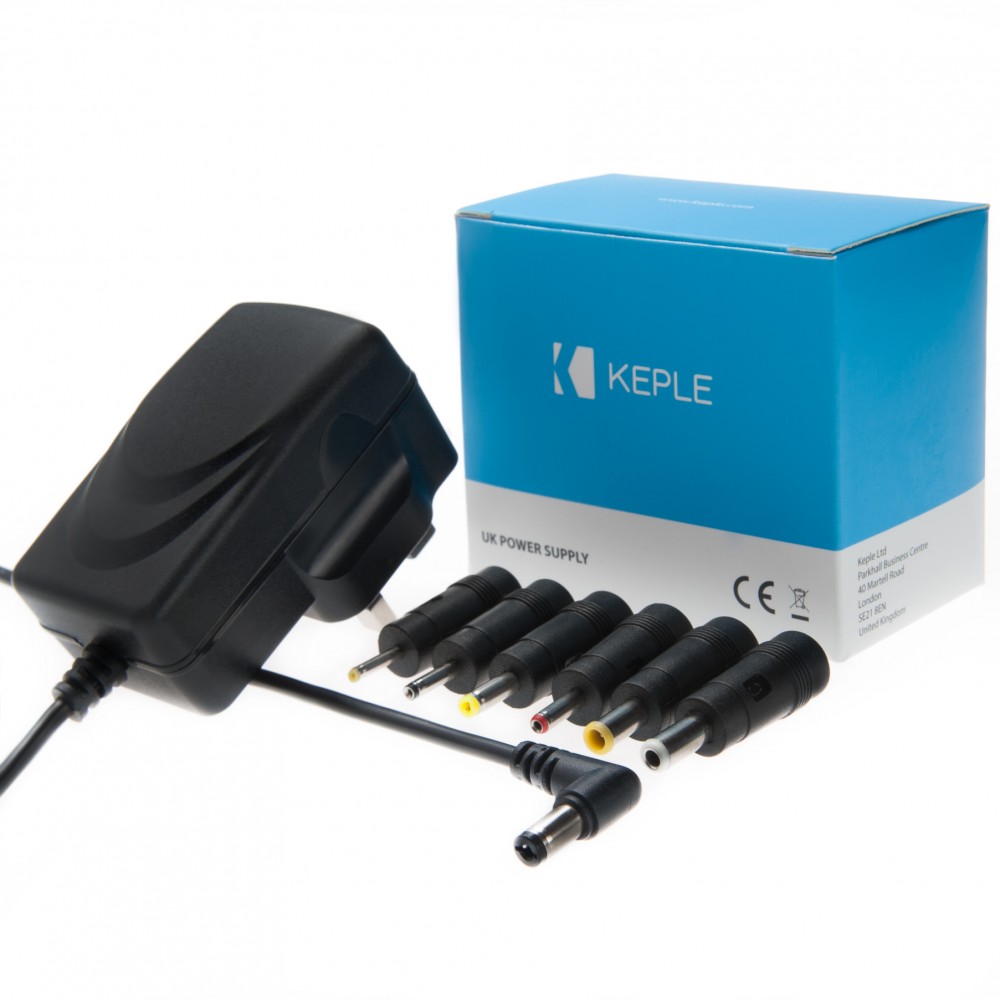

Some of these include things like link switches, stereo compatibility, and extra routing choices for the producers who like to get proper modular with their summing and routing.

With the growing popularity of 500 series gear, a handful of companies are now also producing their own variations of 500 series racks.Īs companies try to compete with each other for market share, we now see many variations of these cases, each with their pros and cons. Each case is built to hold a number of units (modules), and besides powering up the modules, the case also suppies input and output routing to each unit. On a very basic level, individual modules (such as an EQ) are inserted into a rack that supplies power to the modules. Those in the know are aware that it is not actually a case for your sandwiches, but rather a revolution in the audio industry’s interaction with rack unit gear. It was invented by API in the 1970s, and has now become a widely popular modular analog format for rack gear. The term ‘lunchbox’ is thrown around the industry, to the confusion of many. Mid-range price point, best bang for buck.

We review a range of 500-Series cases to suit a budget of under $600.Disclosure: We may receive commissions when you click our links and make purchases.


 0 kommentar(er)
0 kommentar(er)
